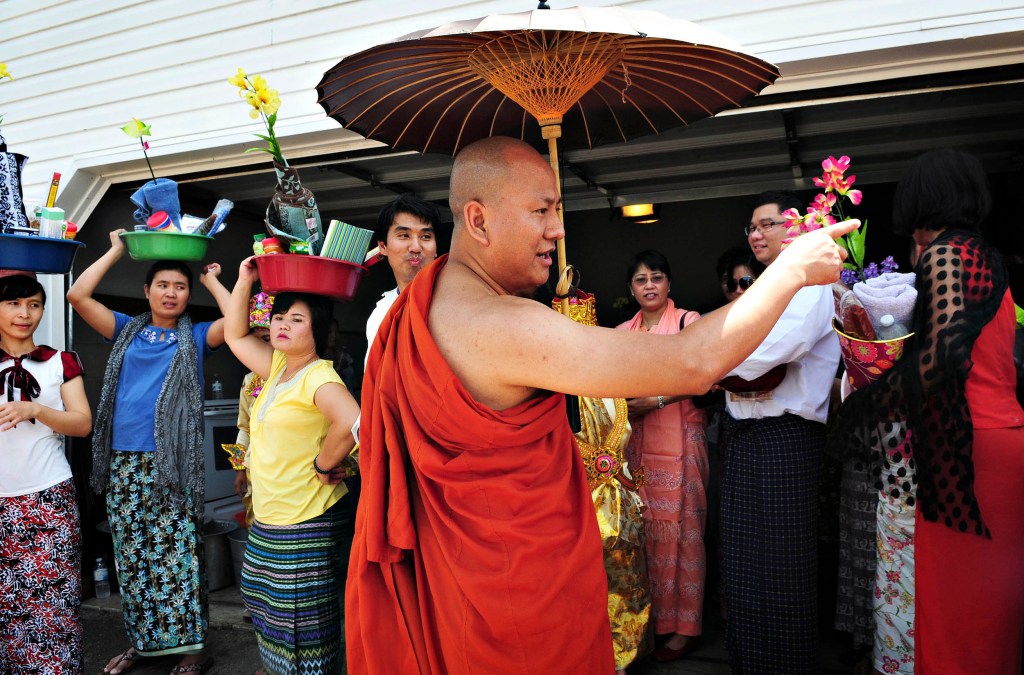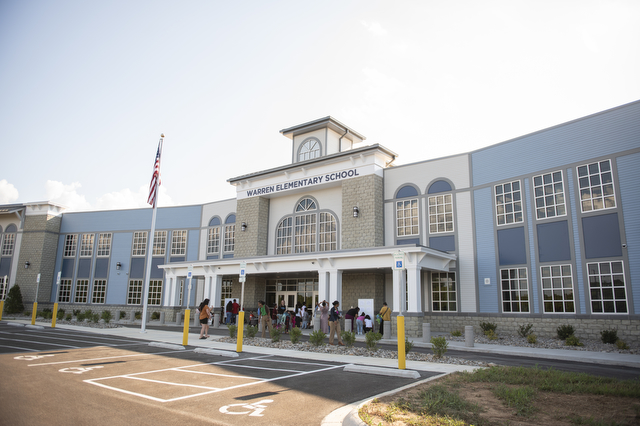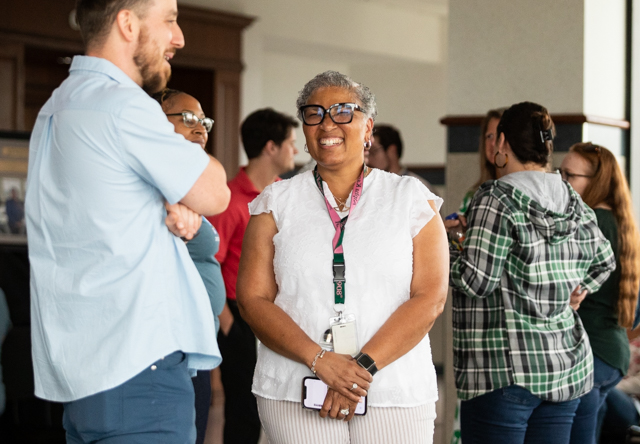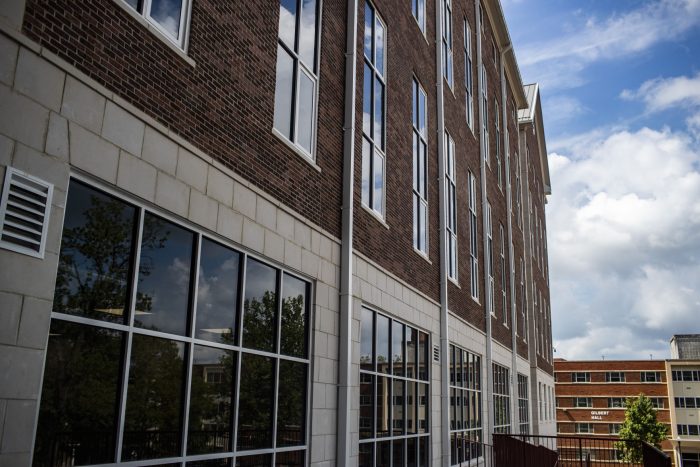Immigration fuels growth of varied faiths
Published 2:01 pm Friday, September 14, 2012

- Ashin Cando Bhasacara, a Bowling Green monk whose Fern Hill Street home doubles as a Buddhist monastery, directs a processional of the nuns and novices and their families during the ordination ceremony July 4, 2012 at the monastery. (Photo by Miranda Pederson/Daily News)
Dzemail Jusufovic remembers how many mosques were in Bowling Green when he moved here 15 years ago.
“None,” he said. “We prayed at a doctor’s house. Now, as you can see, things have changed.”
Trending
Since it was incorporated in 1812, Bowling Green’s religious community has expanded from a handful of Christian branches to a diverse collection of religions from Muslims to Christians to Buddhists.
“This place has been pretty accepting of diversity,” said Lawrence Snyder, associate professor of religious studies at Western Kentucky University. “A lot of it has to do with the fact that this area has survived economic downturns relatively well … often there is resentment to immigrant groups when there’s not enough jobs to spare.”
About 200 years ago, what is now referred to as Protestant Christianity largely made up the Bowling Green religious community, although “denomination” was a new term and many churches would not have defined themselves during that time, Snyder said.
Still, the denominations that are now defined as Baptists, Presbyterians and Methodists were dominant when Bowling Green was formed.
While it’s located just outside Bowling Green in Warren County, Smiths Grove Baptist Church celebrated its 200th anniversary in May. The church has gone through its share of ups and downs over the past two centuries, from building fires to devastation in the aftermath of the Civil War.
“For me personally, it’s a humbling thing to pastor a church celebrating its bicentennial,” the Rev. Casey Mathias told the Daily News, “to realize that the church existed 195 years before my arrival and that I am harvesting where others have planted before me.”
Trending
By the end of the Second Great Awakening – a revival movement that gained momentum from the early to mid-1800s – other denominations, including the Church of Christ, became popular in Bowling Green, Snyder said.
While Catholics are still a minority in Bowling Green, several people who practiced Catholicism began migrating to the area, and two large churches – St. Joseph and Holy Spirit – were formed and still operate. But when Bowling Green formed, Catholics were very rare, Snyder said.
“Another thing that’s interesting is the arrival of Shakers,” he said.
In the early 1800s – around the time that Bowling Green was formed – Shakers, which would have belonged to the Protestant denomination, were popular in Bowling Green. That’s mainly due to the upswing of revivals; people who were attracted to revivals were also attracted to Shaker beliefs, Snyder said.
Shakers promised the same things that revivals promised, such as “direct access to God, experience of religion and hope for a perfect Christian life,” Snyder said.
Not only did the Shakers fade over the years, but religious identity in Bowling Green also shifted. Bowling Green has become home to a diverse array of religions, and that’s mainly due to demographic changes within the city, Snyder said.
Catholicism, for example, has blossomed over the years due to a large percentage of the Hispanic population, which is predominately Catholic, settling in Bowling Green, he said.
Additionally, a large immigration of Burmese refugees has created a sizable Buddhist population in Bowling Green. A Burmese monk operates a monastery on Fern Hill Street, and an estimated 400 Theravada Buddhists live in the city. For the first time, young Buddhist monks and nuns were ordained in Bowling Green in July.
But the most significant event was the immigration of Bosniaks – Muslim Bosnians – to Bowling Green in the 1990s, Snyder said. After civil war drove a couple of million Bosnians from their homes, many came to America and were drawn to Bowling Green through the International Center.
Already home to a growing Muslim population, Islam increased substantially in Bowling Green as Bosnian immigrants looked to practice their religion in their new home. More than 10 years ago, the Islamic Center of Bowling Green opened on Morgantown Road. In May, the Bosnian Islamic Center officially opened, making Bowling Green home to two sizable mosques. By summer 2012, an estimated 6,000 Muslims lived in Bowling Green.
“That’s a huge number,” Snyder said. “That’s a higher percentage than in Boston, for example.”
And Bowling Green largely has been welcoming to its new, growing religions. While he has heard a handful of slurs toward his religion, Jusufovic said he mainly is treated well here.
“The Bowling Green community is a perfect environment for anybody who wants to come here and do honest work, like we did,” he said.







